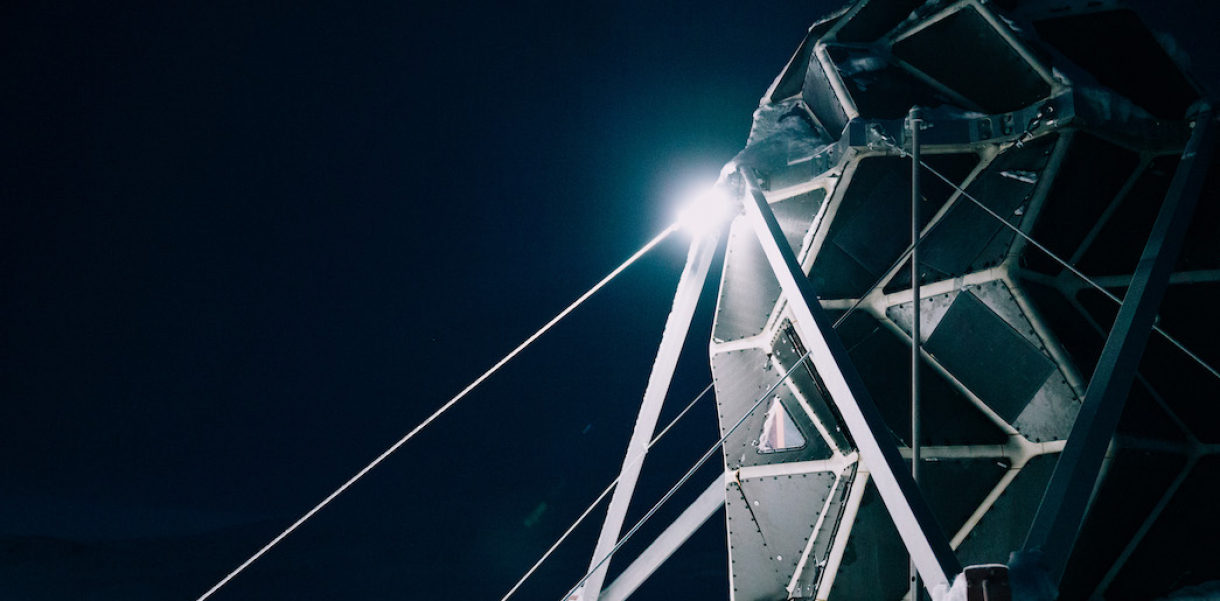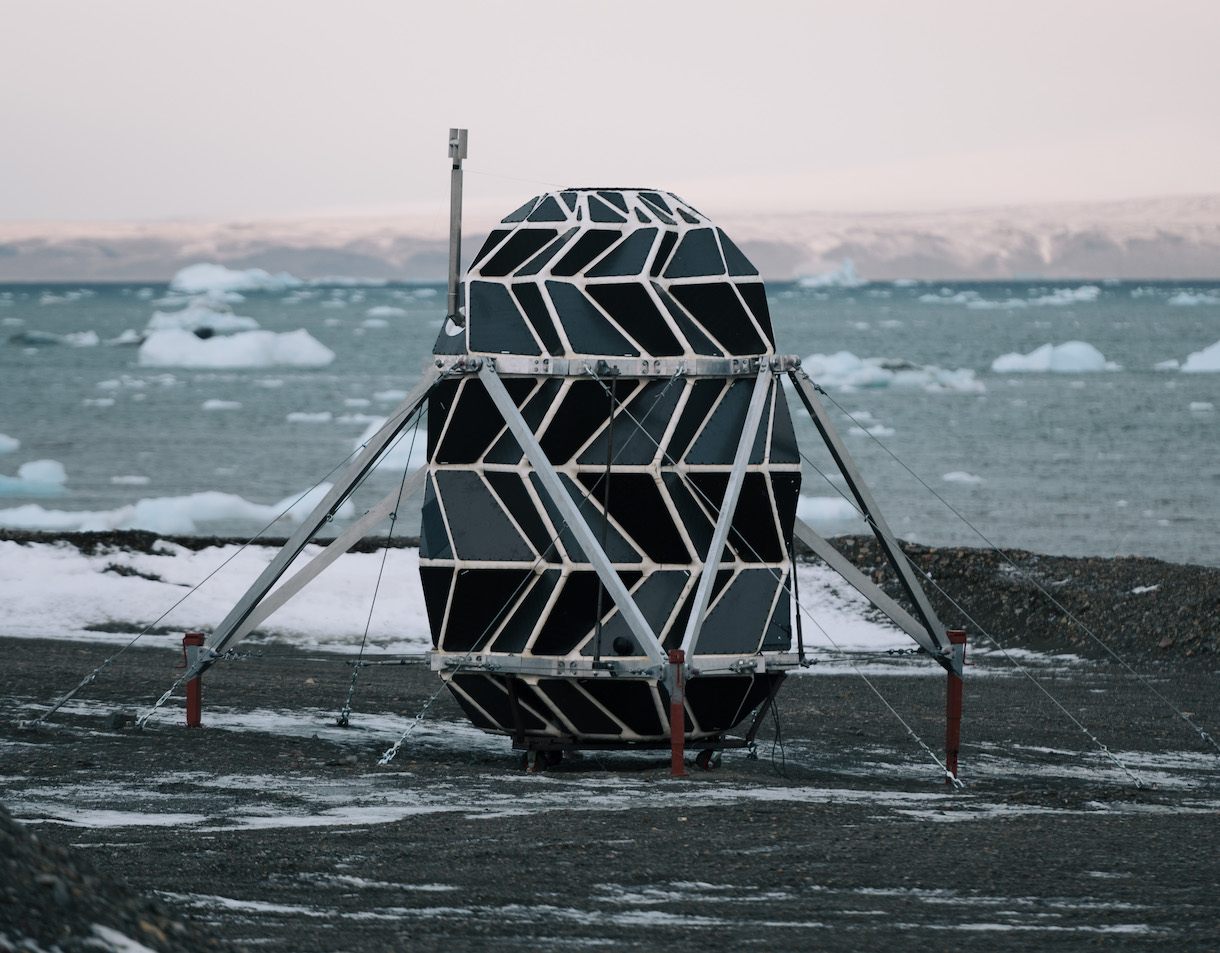Designing for our next habitat or designing for our current? Designing for a far-out future or a troubled now? Designing for the harshest environments of our world or life on a new planet?
For SAGA Space Architects, these dilemmas have an easy answer: Both. Their LUNARK moon habitat won the Index Award 2021 People’s Choice Award for its architectural ingenuity, high ambition and endless curiousness.
"If you need a space rocket, call SpaceX. If you need to draw a house on the Moon, call us. That is the ambition," says Sebastian Aristotelis, one of the lead-architect of LUNARK in an interview with the Danish newspaper Politiken.
In collaboration with engineers, programmers, industrial designers and even psychologists (!) the LUNARK habitat is built for discovering the unknown while feeling at home. Inspired by origami, this livable hub in its folded state is the size of a cargo bike and increases in volume by 750 per cent, when fully expanded. The habitat is completely self-reliant too, as it generates its energy through solar panels.
”Why did we embark on such an insane project? Because soon people are heading for the Moon again. And this time it is not just to plant a flag, but to settle.”
But LUNARK is more than an outer shell from the deadly moon atmosphere or unlivable climates on our planet. Because living in a four-square-metre home is not an easy task — but SAGA Space Architects were set on making it work. Their design tries to stray away from the stereotypical vision of space habitats and aircraft and instead make it resemble something we’re already familiar with.
How, you ask? For example, they’ve put a huge emphasis on the importance of light. The LUNARK interior is lit by circadian light panels, which emulate the daily cycle of natural sunlight. Its modular interior will enable inhabitants to change things up, as well as the option to experience immersive soundscapes and care for an indoor algae farm.
“Humans on the Moon or Mars will have the same needs as we have here on Earth,” Sebastian told Politiken. “You still have to wash clothes, take a shower and go to the bathroom. You still want to lie down to sleep. The fundamental things won’t change. But, we will live in smaller spaces for a while, to begin with. Like living on a ship, where you prioritise larger common areas over private areas. There are a few things that will be different (...).”
”We’re originally from Africa, but now we inhabit the most remote areas of the Earth. Discovery is printed in our DNA. Humans will inevitably seek out other planets.”
To test the capabilities and potential of LUNARK went on its first expedition to Northern Greenland in 2020. On the 100-day expedition, Sebastian and co-lead Architect Karl-Johan Sørensen isolated themselves for 61 days. An immense research effort, where they not only ran trials on their systems but also involved eight research groups to follow their physical and mental journey in regards to social dynamics, conflict resolution and social isolation effects.
“Why did we embark on such an insane project? Because soon people are heading for the Moon again. And this time it is not just to plant a flag, but to settle. We would like to be part of that journey,« Sebastian explains.
In September 2021, SAGA began to further develop LUNARK based on their findings from the Greenland expedition. But even though they’re aiming for the Moon, the LUNARK design and further development continue to be inspired by humans' and nature’s ingenuity on Earth.
The origami structure is one, fabrics and colourful interior design another, and their indoor light panels has generated interest from the space industry. For their next iteration, they’re looking to implement cork, something familiar and light to the touch.
The small architectural studio based in Copenhagen, Denmark continues to build for life on a new planet – and others are watching. They’re even in contact with SpaceX. “Humankind has always been exploring. It’s in our nature. We’re originally from Africa, but now we inhabit the most remote areas of the Earth. Discovery is printed in our DNA. Humans will inevitably seek out other planets.'









